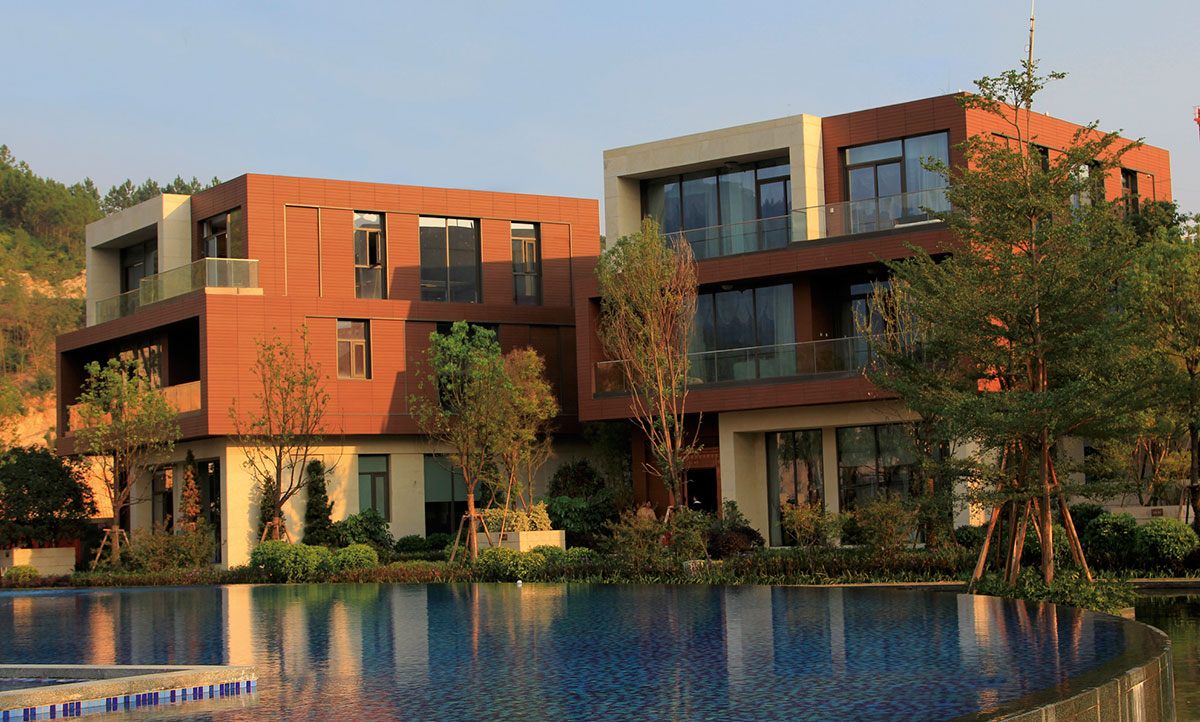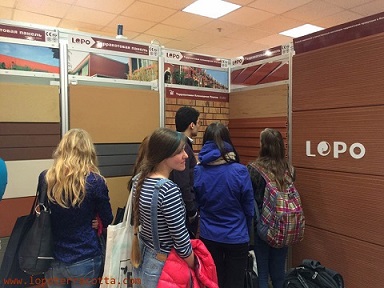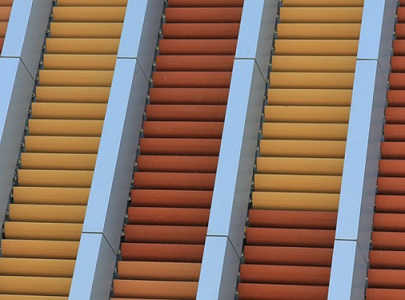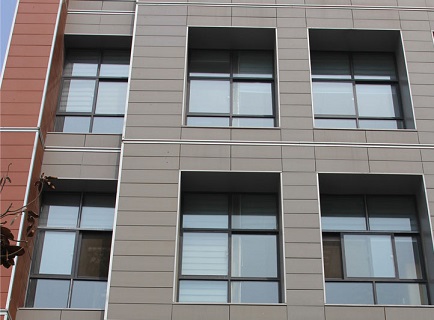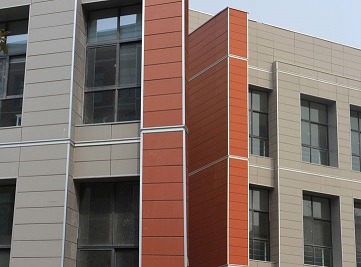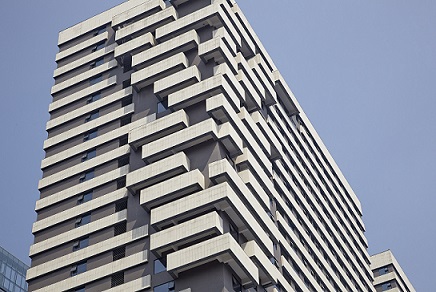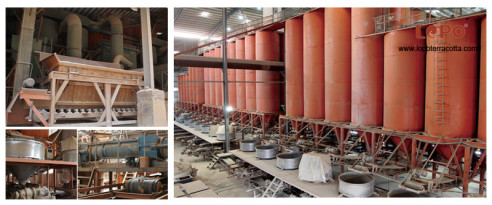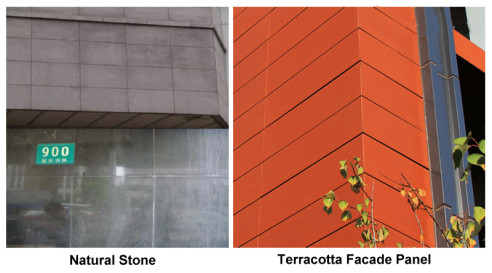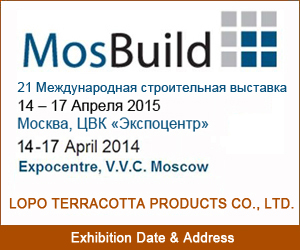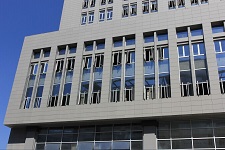Thank You for Visiting Our Booth F425 During Mosbuild 2015
China, 27th April 2015 This year’s exhibition Mosbuild 2015 has ended, we would like to have a big thank you to all who visited us for their discussions and interest in our company. It was a pleasure to meet you and introduce our products better. LOPO shows our best selling products include Terracotta Panels &.. read more →
Factors to Take Into Account When Choosing Exterior Louvers
If you want to leave the windows open to facilitate the entry of fresh air from outside that is free of dirt, dust or any other debris, first you should have external louvers. An external louver comprises of from containing a number of blades, which may remain fixed or be moveable. When it comes to.. read more →
Are Terracotta Panels Suit for Public Buildings?
Terracotta panels are made from 100% unpolluted neat and clean terracotta clay, which is extruded to get the desired shape and dried in especially made kilns, working at very high temperatures. The end product is very hard, strong with a soft surface. Terracotta Panels made from clay may be utilized for the purpose of decorating.. read more →
5 Reasons to Choose Terracotta Louvers for Exterior Wall
When building designers have to select material for the exteriors, they have plenty of options to choose from. Since the exteriors give the building personality whilst determining whether it is comfortable to be in or not, this is a very important decision they make since actually. An interesting new trend is the growing use of.. read more →
LOPO Terracotta Panel Perfectly Combinates Tradition and Modernization
Terracotta panels are made from 100% natural clay. Before the clay materials are extruded into shape, they are processed very carefully . After that, they are dried under very high temperature by using special equipment kilning imported from Italy. This process makes terracotta facade panels harder and more durable, so that they can maintain a.. read more →
How Does LOPO China Produce Terracotta Panel?
1. Select raw material, choose the best quality clay. After the clay is sifted and coarse broken,stale the clay for six months. During this time, turn the clay over again and again to dry it to appropriate moisture and particles; 2. Transport the raw material to indoor warehouses, and.. read more →
The Leading Terracotta Panel Manufacturer in Domestic Market – LOPO China
At present, there are more than 25 Terracotta Facade Panel manufacturers from all over the world, which is including not only well-known companies like NBK, MOEDING, ARGETON etc., but also emerging companies from CHINA, Vietnam. LOPO, a leading manufacturer in domestic market, has a remarkable comprehensive strength among those new stars. How does LOPO China.. read more →
A Rising Star In Architectural Facade Cladding Area – Terracotta Panel
Glass, natural stone, aluminum panel are the most common materials in architectural facade cladding projects application. However, debuted in the late 1980s, terracotta panel is like a rising star in this area. What are the comparable strengths of Terracotta Panel? Green and Environmental Friendly Terracotta panels’ raw material is 100% natural clay, and the terracotta.. read more →
LOPO Terracotta Will Attend 2015 MosBuild
Dear Friends, It’s a great honor to inform you that we’ll attend 2015 Moscow MosBuild Fair on Apr. 14th – 17th, 2015. By that time, the best selling products –Terracotta Panels & Terracotta Louvers, Clinker Tiles etc. will be shown to the honorable customers . LOPO Corporation has been the most professional manufacture in Asia, which.. read more →
Terracotta Panel System Becomes A Fashion Statement
Speed of build originally made curtain wall system a contemporary construction choice and the systems continue to rise in popularity as increasingly stylish and natural finishes are launched to market. Although these curtain walls are historically the preserve of premium developments, technology innovations are helping to bring the cost down and make these high quality exteriors accessible.. read more →
